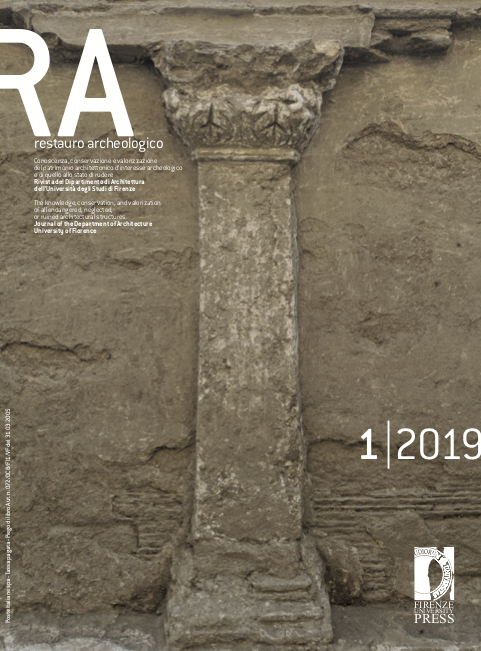Clays and colours: Tracking technologies and theories of vision in the ancient Buddhist art of Afghanistan
Published 2019-10-29
How to Cite
Abstract
New, targeted and comparative studies are under way on clay sculptures recovered in Afghanistan, thanks to a collaborative project between the Italian Archaeological Mission in Afghanistan and the Archaeology Institute of Afghanistan. The specific target of the preliminary analyses are the sculptures from the Buddhist site of Tapa Sardar, which have been excavated between the 1960’s and the 1970’s by the Italian mission in the Ghazni area, and those, only partially published, that have been brought to light at Tepe Narenj, a site in the Kabul area under excavation since 2004 under the aegis of the Archaeology Institute of Afghanistan. Our aim is to analyse their physical, technical, stylistic and iconographic features, in order to identify patterns that might be associated to a coherent aesthetic system. This would be of fundamental importance to the understanding of the ideological frames of reference that shaped the art-making process in a period of great artistic vitality and innovations, which roughly spans the second half of the first millennium A.C.


